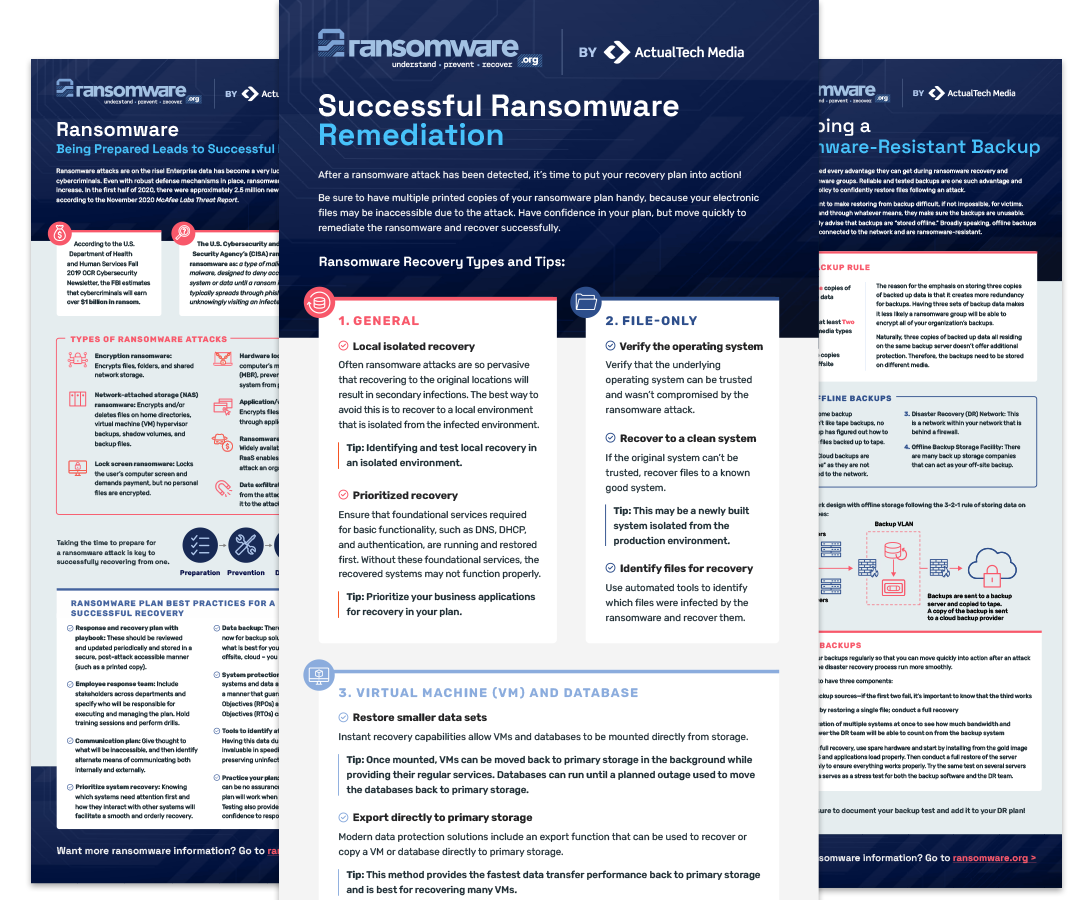
Download The “How To Prevent Ransomware” Cheat Sheet
Grab this free PDF resource on how to prevent Ransomware
Home » How Does Ransomware Work? » Active Defense Intrusion




A REVEALING REPORT FOR IT PROFESSIONALS BY IT PROFESSIONALS